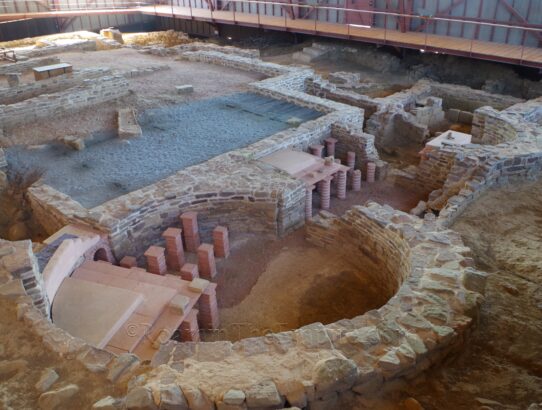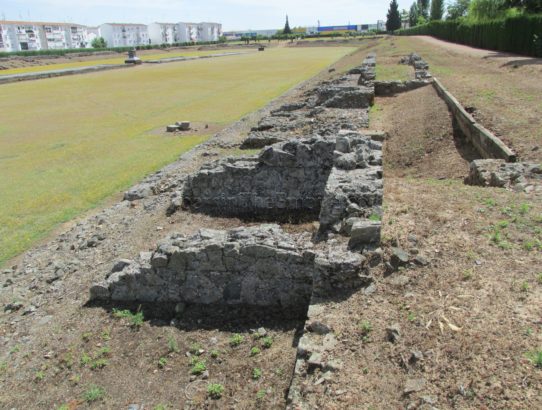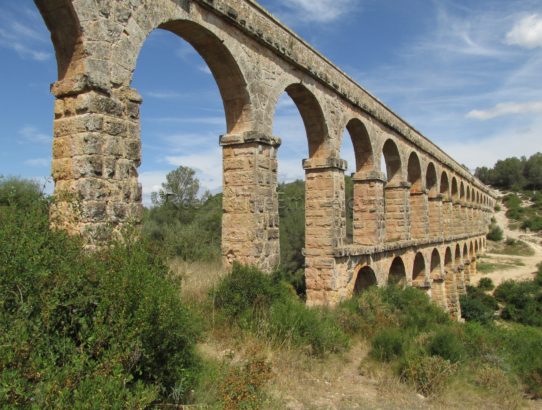Juliobriga, Hispania Tarraconensis – Part II
Continued From Juliobriga Part I There are a number of interesting and relevant smaller, ancillary sites to visit within about an hour of Juliobriga. I managed to see all of them along with Juliobriga in the same day (with the main archaeological site sandwiched right in the middle), so it makes for a nice full…
Read More











